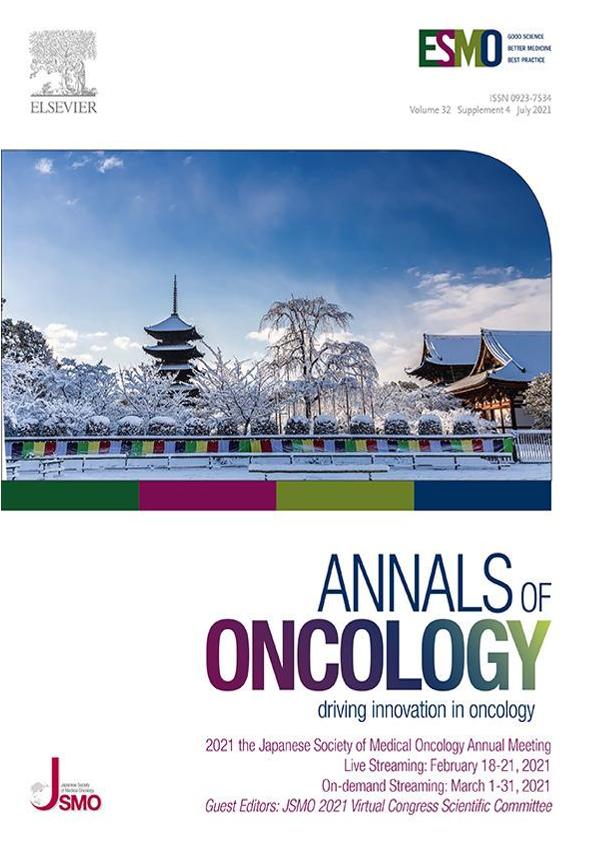Evento
PTHrP and SPARC expressions in human colorectal cancer: An in silico analysis
Carriere, Pedro Matias ; Novoa Díaz, María Belén
; Novoa Díaz, María Belén ; López Moncada, Fernanda; Zwenger, A.; Contreras, H.; Calvo, Natalia Graciela
; López Moncada, Fernanda; Zwenger, A.; Contreras, H.; Calvo, Natalia Graciela ; Gentili, Claudia Rosana
; Gentili, Claudia Rosana
 ; Novoa Díaz, María Belén
; Novoa Díaz, María Belén ; López Moncada, Fernanda; Zwenger, A.; Contreras, H.; Calvo, Natalia Graciela
; López Moncada, Fernanda; Zwenger, A.; Contreras, H.; Calvo, Natalia Graciela ; Gentili, Claudia Rosana
; Gentili, Claudia Rosana
Tipo del evento:
Congreso
Nombre del evento:
ESMO World Congress on Gastrointestinal Cancer 2021
Fecha del evento:
30/06/2021
Institución Organizadora:
European Society for Medical Oncology;
Título de la revista:
Annals Of Oncology
Editorial:
Elsevier
ISSN:
0923-7534
Idioma:
Inglés
Clasificación temática:
Resumen
PTHrP is a paraneoplastic factor involved in the progression and theacquisition of the aggressive behavior of different types of tumors. Employing in vitroand in vivo models of colorectal cancer (CRC), our research group observed thatPTHrP promotes cell survival, proliferation, migration, angiogenesis, epithelial tomesenchymal transition (EMT) program, cancer stem cell (CSC) phenotype, andchemoresistance through different signaling pathways. Recently, in HCT116 cellsderived from CRC we found that PTHrP acts increasing SPARC protein expression, arelevant protein involved in CRC progression. Moreover, SPARC treatment on HCT116cells potentiated PTHrP effects. In vivo model, PTHrP also increased SPARC expression. Based on these findings, the aim of this work is explore the clinical relevance ofPTHrP and SPARC tumor expression in human CRC using in silico analysis.Methods: Cytoscape 3.8.2 stringApp was employed to visualize molecular networksfrom the STRING database related to CRC, and proteins associated with prognosticfactors were selected to analysis. Using STRING Enrichment App, the proteins networks (PN) merged were compared to establish enrichment. Finally, in silico tool andonline data sets (GEPIA2 and STRING 11.0) were used to explore the association ofPTHrP and SPARC and their prognostic value in 362 CRC human samples.Results: In GEPIA2 database, a significant correlation between the expressions ofPTHrP and SPARC in CRC was observed (p-value¼0.01). Also, SPARC expression washigher in CRC respect to colorectal normal samples (p-value¼0.01). In the same way,SPARC expression was significantly higher in CRC advanced than in early disease.Employing STRING 11.0 database, we observed a strong association between PTHrPand several oncogenic markers (CDH2, CD44, VIM, among others) that previouslywere evaluated in vitro by us linked through SPARC with a Protein-Protein interactionenrichment (p-value 0.95). This PN was merged with the PN obtained from the search?colorectal cancer? with a high disease score (SD> 3.2). From this analysis, VEGFA wasemerged as a central nexus between PTHrP and SPARC proteins. Finally, GEPIA2 wasused to evaluate the survival rate in CRC patients that express PTHrP and/or SPARC.No significant impact in overall survival was found taken account high or lowexpression of each protein.Conclusions: In CRC tumor samples, a strong relationship between PTHrP and SPARCexpression was found, suggesting that both proteins could be involved in the progression of the disease. Despite VEGFA was also associated with PTHrP/SPARC, morestudies are necessary to evaluate their clinical relevancy.
Palabras clave:
CANCER
,
IN SILICO ANALYSIS
Archivos asociados
Licencia
Identificadores
Colecciones
Eventos(INBIOSUR)
Eventos de INSTITUTO DE CIENCIAS BIOLOGICAS Y BIOMEDICAS DEL SUR
Eventos de INSTITUTO DE CIENCIAS BIOLOGICAS Y BIOMEDICAS DEL SUR
Citación
PTHrP and SPARC expressions in human colorectal cancer: An in silico analysis; ESMO World Congress on Gastrointestinal Cancer 2021; Modalidad virtual; Estados Unidos; 2021; 158-158
Compartir
Altmétricas



